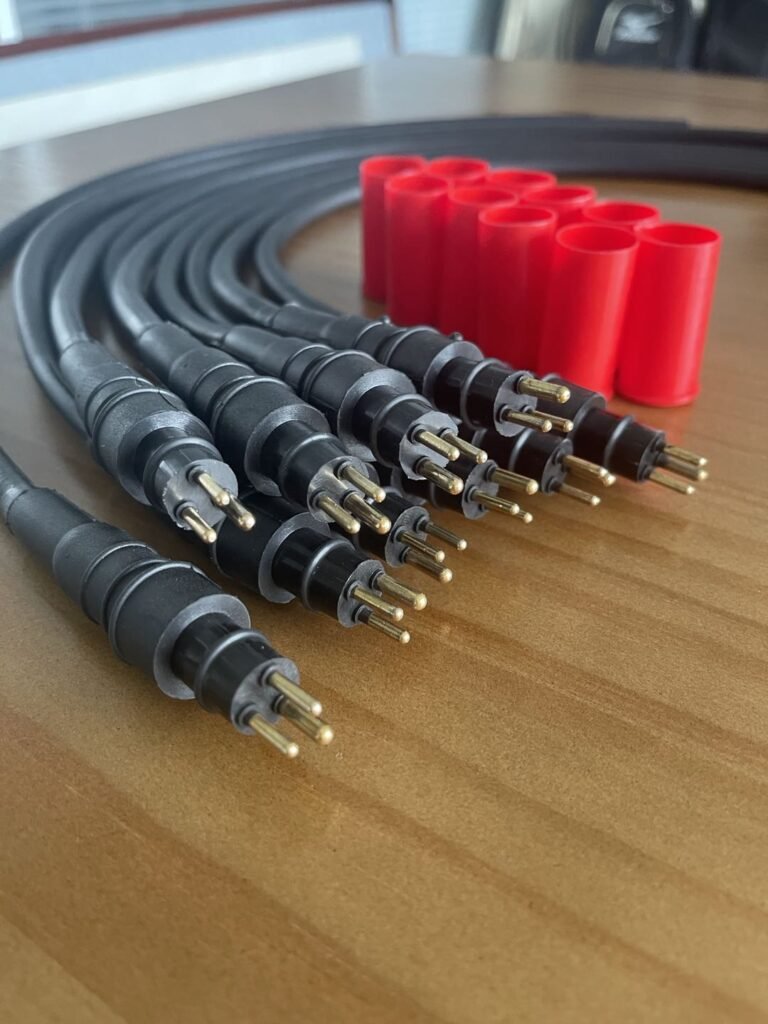Stay safe with our Disinfectant
In today’s times of constant change one thing seems to stay constant – the necessity for disinfection. This step is important on both personal and professional level. We would like to think that every professional, especially businesses with a higher client turnover, such as diving and water sports centers, fitness gyms, hotels, etc., take their business seriously and show care, responsibility and respect for their clients.
How to maintain and protect the rest of your diving equipment…
1. Mask, Snorkels and Fins
Make sure your mask and snorkel don’t have any damage or tears, especially on the masks silicone skirt. If you’ve discovered any damage, jump for a moment into the water before the actual dive to ensure that there’s no major leakage, otherwise it might get to an annoying point where you have to clean your mask every few minutes. If this scenario is too familiar to you then maybe it’s time for a new mask.
After each dive make sure to properly clean your mask, snorkel and fins in fresh warm water and let them dry – you don’t want any mold growing in them. It’s advisable to keep your mask in the box it came with in order to avoid any potential damage such as getting scratches on the lenses. As for the fins, make sure nothing is pressing them so that the original shape remains. And if the buckle got damaged don’t be in a hurry to get rid of the fins, check if there are replacements available first.
2. Wetsuit
Soak your wetsuit in warm water for a few minutes and thoroughly rinse afterward. For a more effective wash use specially designed detergents, such as Fourth Element Sub-30 Technical Garment Wash or McNett Wet & Dry Suit Shampoo. Turn the wetsuit inside out and repeat. Make sure it’s dry on both sides before storing. Neoprene is prone to damage by ozone and UV so, when storing, avoid direct sunlight and use a hanger with a bar which allows you to fold your wetsuit in half over the waistline or hang on a wide shoulder hanger to avoid neoprene stretch.
3. BCD and Regulator
Check that BCD and regulator are working properly before the dive. If the regulator is rental be sure it has been disinfected.
Taking care of your BCD might be a little more time consuming, but is required in order to keep it clean, safe and working properly. And it’s cheaper than buying a new one.
Once you’ve finished your dive, take all the air out and let the BCD soak in warm water. If you have the time, make it 20-30 minutes. You can use the same detergents as for the wetsuit.
While the BCD is soaking rinse both regulator and octopus with fresh water particularly mouthpieces and don’t forget to put on a dry protective cap on the first stage.
As soon as time is up with the BCD rinse thoroughly multiple times. Now it’s time to take care of the inside – fill about a half with fresh water and use a manual inflator to orally blow some air into the bladder. Shake the BCD and rinse the water out through all the dump valves as well as the inflator hose by pressing the BCD and turning it upside down. Repeat if necessary. After all the water is out again inflate your BCD orally up to about a half of its volume and let it dry avoiding direct sunlight. Use special hangers for easier and more organized storage.
And don’t forget to maintain your regulator at a dive center once a year or as recommended by the manufacturer.


